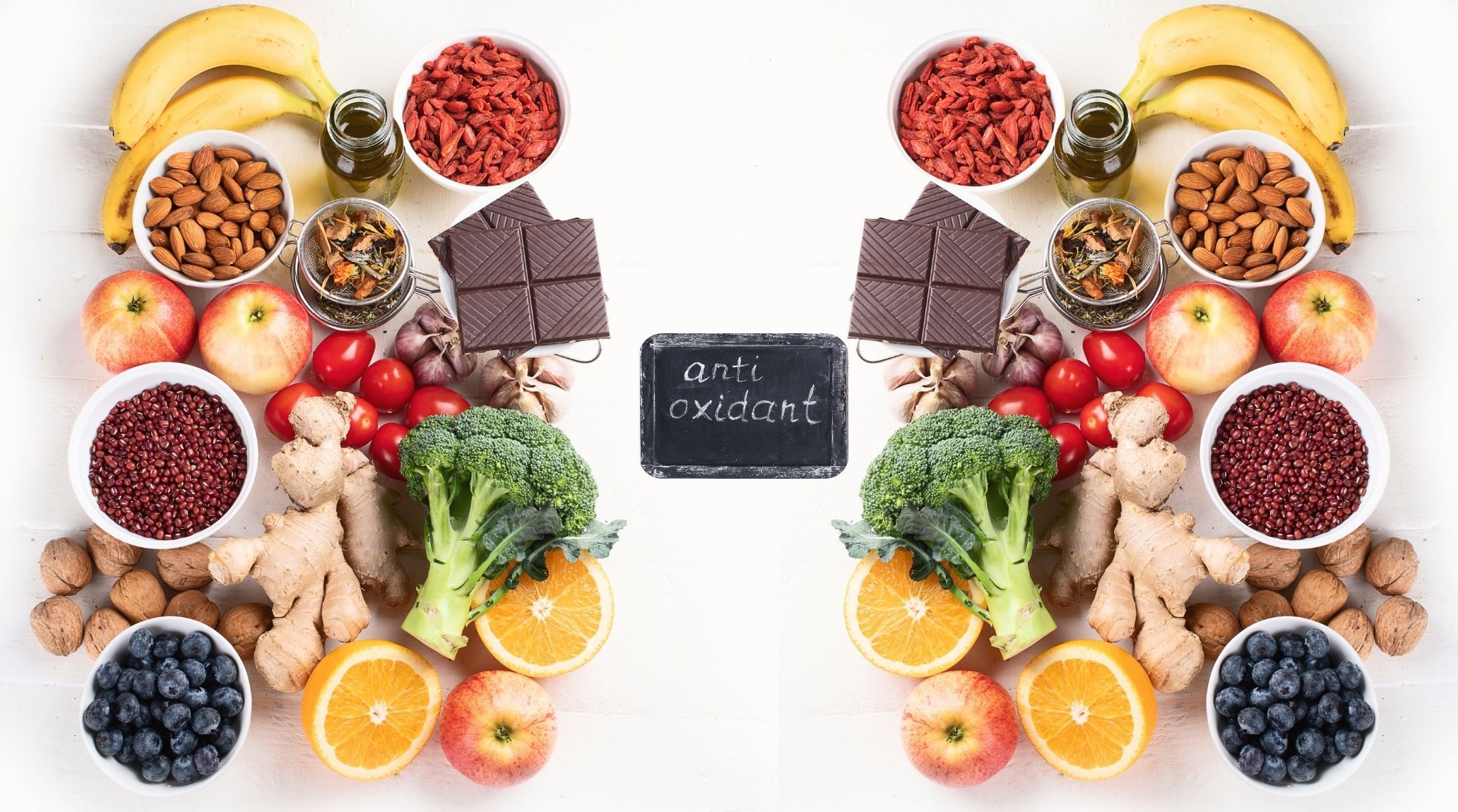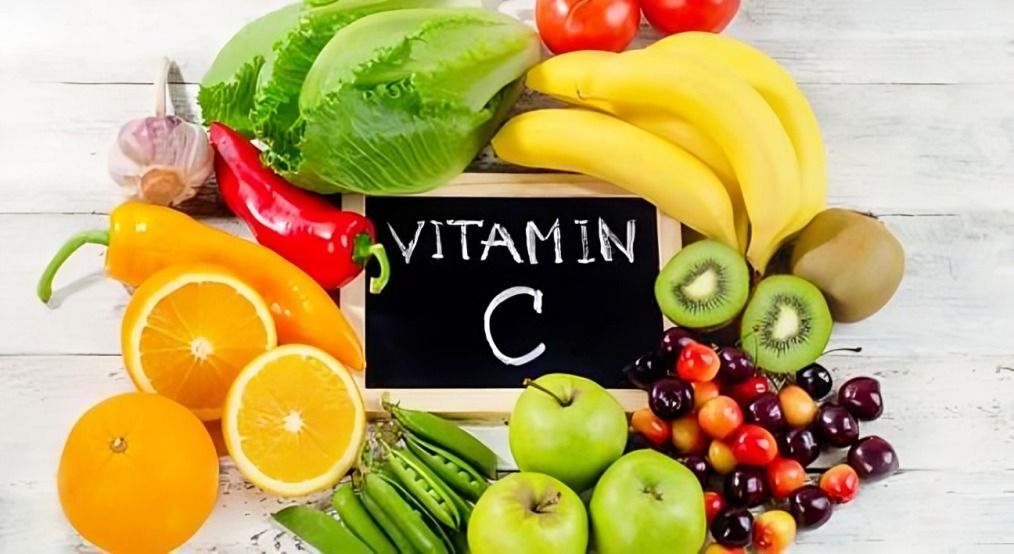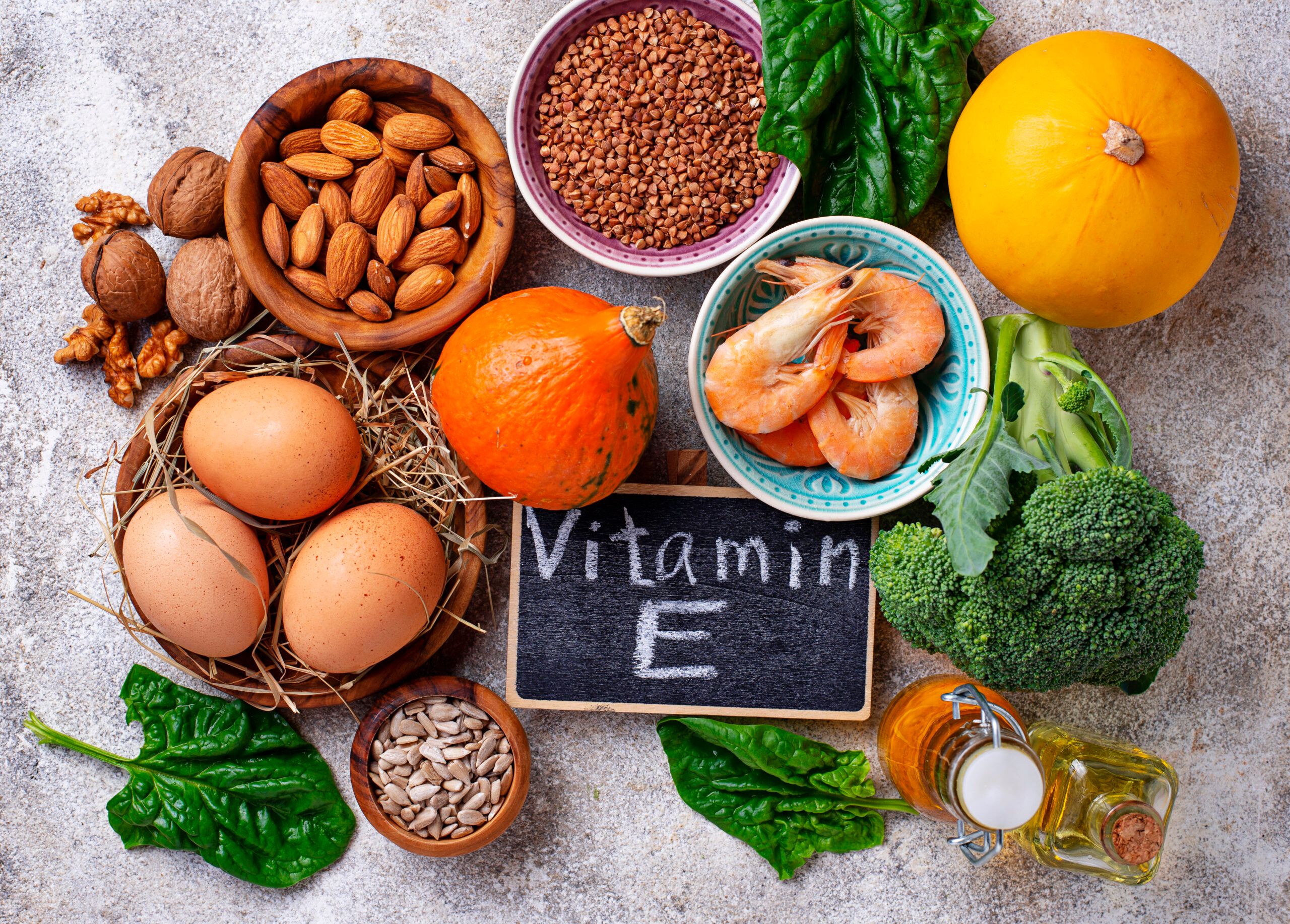
“
Vitamins and minerals are not just essential for basic bodily functions; they also play a crucial role in protecting our cells from damage caused by free radicals and oxidative stress. In this article, we delve into 20 fascinating facts about how vitamins and minerals contribute to antioxidant defense, highlighting their importance in promoting overall well-being.1
1
1
”

Vitamin C is a potent antioxidant that neutralizes free radicals, protecting cells from oxidative damage. It also helps regenerate vitamin E. Sources include citrus fruits, strawberries, and bell peppers.
Lycopene, a carotenoid antioxidant in tomatoes and red fruits, supports heart and skin health and may reduce cancer risk. Sources include tomatoes, watermelon, and red peppers.1
Selenium, a trace mineral, is crucial for antioxidant defense by aiding in the production of antioxidant enzymes. It enhances the antioxidant action of vitamin E. Sources include Brazil nuts, seafood, and whole grains. 2
Zinc supports immune health and acts as a cofactor for antioxidant enzymes like superoxide dismutase (SOD), which neutralize free radicals. It is found in meat, shellfish, and legumes. 3
Beta-carotene, a precursor to vitamin A, is a powerful antioxidant that helps neutralize free radicals and protect cells from oxidative damage. It is found in high concentrations in carrots, sweet potatoes, and other vibrant, colorful vegetables. 4
Coenzyme Q10 is crucial for cellular energy production and functions as a potent antioxidant in cell membranes, helping to maintain cellular health. You can find Coenzyme Q10 in fatty fish, whole grains, and nuts, which contribute to its intake. 5
Flavonoids, found in fruits, vegetables, tea, and red wine, are potent antioxidants that neutralize free radicals and support cardiovascular health. Sources include apples, onions, and berries. 6
Glutathione, known as the body's master antioxidant, is essential for detoxification and cellular defense against oxidative stress. It is synthesized from amino acids and requires selenium. It can be found in nuts, seafood, and whole grains. 7
Resveratrol, abundant in red grapes and wine, offers powerful antioxidant and anti-inflammatory effects. It supports heart health and longevity. Please find it in red grapes, peanuts, and berries.8
Copper aids in producing antioxidant enzymes like superoxide dismutase (SOD) and catalase, which are crucial for neutralizing free radicals. Sources include shellfish, nuts, and seeds. 9
Magnesium supports antioxidant enzymes, helping to combat oxidative stress and maintain cellular health. It also plays a role in various biochemical processes. You can find it in leafy greens, nuts, and whole grains. 10
Alpha-lipoic acid is a powerful antioxidant that regenerates vitamins C and E. It supports mitochondrial function and enhances energy production. Sources include spinach, broccoli, and red meats. 11
Quercetin, a flavonoid in apples, onions, and berries, offers antioxidant and anti-inflammatory benefits. It supports cardiovascular health and reduces oxidative stress. 12

Vitamin E protects cell membranes from oxidative stress as a fat-soluble antioxidant. It prevents lipid peroxidation and cellular damage. Please find it in nuts, seeds, and green leafy vegetables.
Polyphenols, abundant in plant foods, offer diverse antioxidant benefits, supporting cardiovascular health and reducing inflammation. Its sources include fruits, vegetables, and tea. 13
Astaxanthin, found in seafood like salmon and shrimp, is a potent antioxidant that supports skin and eye health. It also gives these foods their vibrant red and pink colors, reflecting their nutritional and aesthetic importance. 14
Melatonin, besides regulating sleep, acts as an antioxidant, scavenging free radicals and supporting immune function. It is found in small amounts in fruits and vegetables and as a supplement. 15
N-acetylcysteine (NAC) boosts glutathione production, enhancing antioxidant defenses and detoxification. It is used in clinical settings and is available as a supplement. 16
Omega-3 fatty acids in fish like salmon and plant sources like flaxseeds provide anti-inflammatory and antioxidant benefits, supporting heart, brain, and overall cellular health. 17
Mass spectrometry is employed to study the antioxidant mechanisms of vitamins and minerals at the molecular level. This technology helps identify how these nutrients interact with free radicals and other oxidative species. 18


